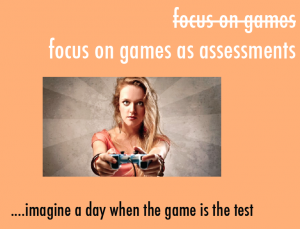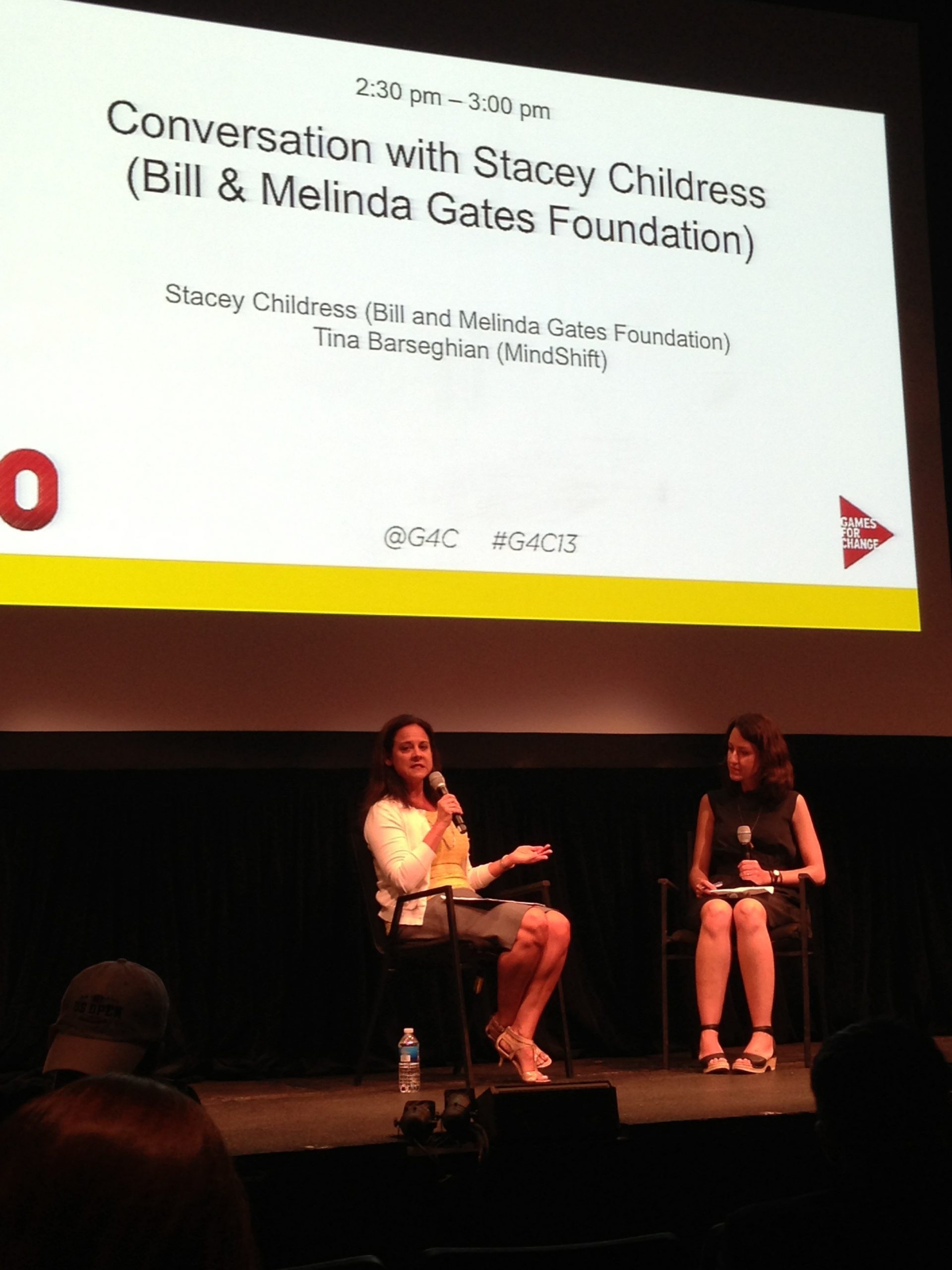According to a September 2012 report completed by Intentional Futures in collaboration with the Bill and Melinda Gates Foundation, 7,000 students drop out of school each day in the United States. And while 95% of low income eighth graders say that they will go to college, only 70% of low income students actually graduate from high school. Most astounding, however, is that only 8% of low income students in the U.S. earn a bachelor’s degree.
These numbers are truly unacceptable. Not only is it a moral obligation to lower the dropout rate and increase the number of students ready to succeed in college, but it is also economically beneficial. Education is the key to help low income students and their families break away from the poverty cycle.
However, addressing the numerous causes of student disengagement is challenging. While the world has changed and transformed in the past 100 years, education has not. The classrooms of today look a lot like the classrooms of 100 years ago. Yet, if one looks closely, a disruption is happening. Education, worldwide, is changing. There is a growing number of people who are looking at unique ways to keep students more engaged and increase their learning potential. Just take a look at Sugata Mitra’s 2013 Ted Prize winning lecture and you’ll see just how big and bold the innovative ideas for the future of education truly are!
 One such way of increasing student engagement is through personal learning models, particularly through game-based learning and assessments. Scholars around the country are looking at ways that video games can be used in the classroom to facilitate learning as well as assess what students have learned. The Bill and Melinda Gates Foundation has chosen to invest in the Games, Learning, and Assessment (GLA) field with an emphasis on innovative tools that support teachers and help students.
One such way of increasing student engagement is through personal learning models, particularly through game-based learning and assessments. Scholars around the country are looking at ways that video games can be used in the classroom to facilitate learning as well as assess what students have learned. The Bill and Melinda Gates Foundation has chosen to invest in the Games, Learning, and Assessment (GLA) field with an emphasis on innovative tools that support teachers and help students.
The grantees were selected by the Gates Foundation because they met five design requirements. They all assess the application of Common Core and Next Generation Science Standards, assess complex skills, engage students, provide immediate feedback, and provide a breadth of data analytics. The goal is to master high engagement with a high cognitive demand. Most importantly, all the games are playful!
A few of the GLA grantees met early last month in New York to share ideas, discuss challenges, and explore solutions around their work in game-based assessments. Some around the table have been involved in this quickly evolving field from its very early days in the 1980s. They noted that while the focus was once on developing educational games for the sake of developing games, it has now evolved into the idea of developing games as tools for assessments.
After receiving some historical context and reflecting on where the games and assessments field is today, each grantee presented their projects. As they each addressed the challenges they faced along the way in their development process, their colleagues voiced agreement.
Each participant encountered similar challenges, yet had been unaware that others were struggling with the same issues. The participants expressed the need to share not only their findings, but also the challenges they faced along the development process with each other. Many felt that they have been working in isolation and realized that they are reinventing approaches. They also discussed ideas on how to create bridges, e.g. – sharing algorithms and methods, and explored the idea of convening practical workshops to bring group learning.
One of the top concerns the participants had in terms of game development was gaining a better understanding how games are used in the classroom, by finding schools and teachers who are willing to participate in the research process, as well as finding ways to align assessment and game mechanics to maximize engagement for kids and ease of use for teachers.
Another challenge that was repeatedly discussed was creating games that do not hide the “academics,” yet still produce an engaging experience for students of various subjects. Failure within a game is considered to be part of the learning process, but at what point does a struggle cause frustration? As Zoran Popović noted in his presentation, no single theory can be applied to everything, which is why data is so crucial. Games can serve for massive data gathering within learning pathways. This data should then be used to optimize for engagement and mastery.
Ultimately, each team wants their game to be marketable. Given the current operational model, this dream is often too far out of reach: Developers receive funding for specific deliverables for a certain period of time, and then in order to continue the project, must go out and search for funds again. This back and forth thwarts a good game from becoming a great game. As Gene Koo of iCivics explains in this recent blog post, the participants proposed an alternative model that may help learning games truly take off.
To this end, the Games and Learning Publishing Council, a Cooney Center project funded by the Gates Foundation, is investigating ways to increase investment in learning games. Through the forthcoming resource site gamesandlearning.org (launching this fall), we hope to bring together researchers, developers and investors and facilitate a dialogue on effective ways to bring projects such as iCivics, Radix and Refraction to scale.
Through a rise of interest and investment in digital games based learning and assessment, we hope that this form of personalized learning will increase student engagement, keep them from dropping out of school and prepare them to succeed in college and the real world.


